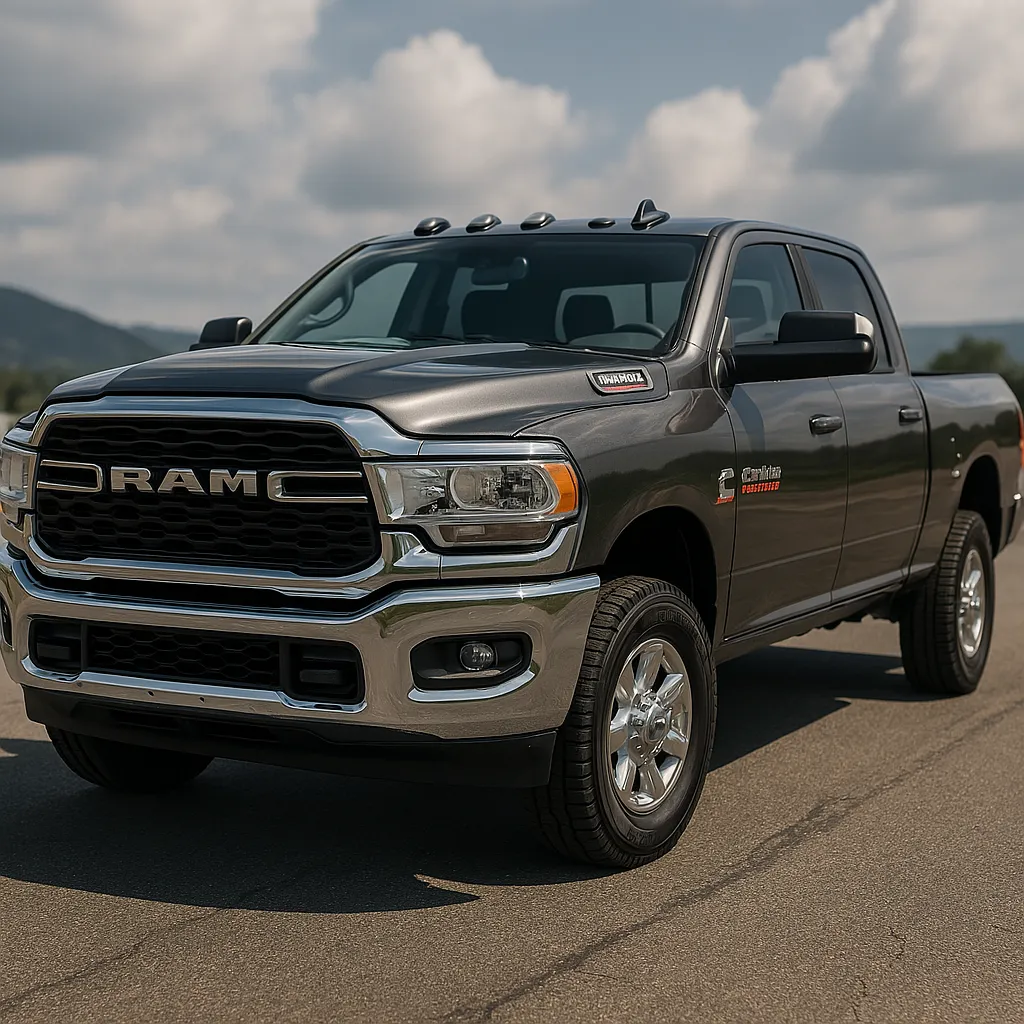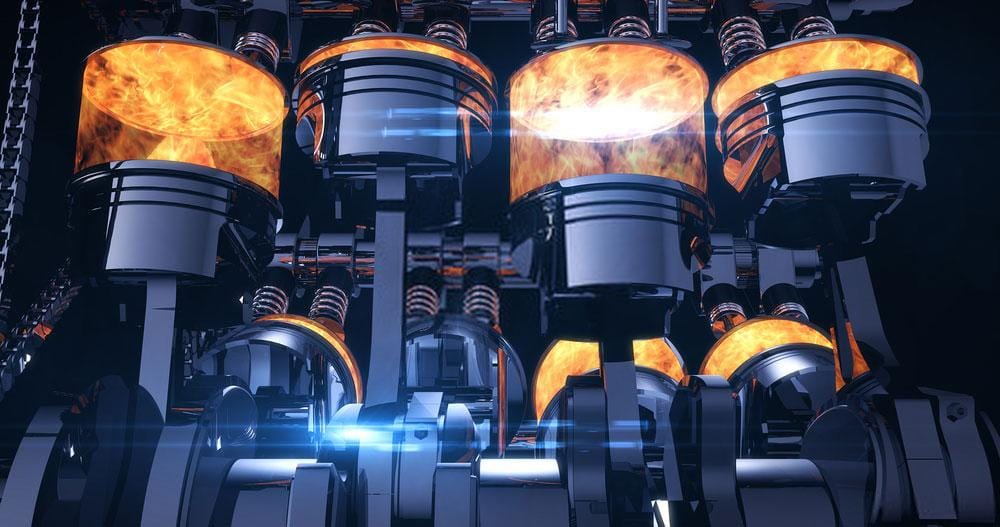Most people expect their trucks to feel strong right out of the gate—especially if they’re driving something like a Dodge Ram with a Cummins engine. But sometimes, even with all that size and noise, the truck still feels kind of held back. It runs fine, but there’s this feeling that it could be doing more. That feeling isn’t wrong. A lot of trucks actually come with way more power than they’re using, and the reason is hidden in the settings built into the engine’s computer.
Contents
Why Trucks Are Set Up to Be “Safe”
When a new truck comes from the factory, it’s not set up for max performance. Instead, it’s tuned for things like fuel efficiency, emissions control, and making sure it can handle a wide range of driving conditions. These settings—called “stock tunes”—are made to work for most people, not for drivers who want to feel every bit of what their engine can do.
Manufacturers do this on purpose. They have to meet rules for things like pollution and fuel use, and they also want to make sure the truck won’t break under tough driving. That’s why they play it safe and leave a lot of the engine’s real power locked away.
The Computer Running the Show
Modern trucks use a system called an ECU, which stands for Engine Control Unit. This is basically the brain of the engine. It controls how much fuel goes in, when the turbo kicks on, how fast the transmission shifts, and tons of other details.
If that computer is told to limit fuel or power in certain situations, the engine has to obey—even if it’s built to handle a lot more. The result is a truck that feels slower or less powerful than it really is. That’s why so many drivers turn to performance tuning.
A good resource for tuning solutions built specifically for Cummins diesel engines can be found at racemeofficial.com. Tools from places like this are designed to safely unlock more of the engine’s built-in performance without damaging anything.
What Tuning Actually Changes
Tuning a truck means changing the instructions inside the ECU. Instead of following the factory settings, the engine gets new commands that allow it to perform better. These new settings can change a bunch of things:
- Fuel delivery timing
- Turbo boost levels
- Throttle response
- Transmission shift points
All of these updates work together to make the truck feel more responsive and powerful. The goal isn’t just to go faster—it’s to help the engine run the way it was really designed to.
How Much Power Is Being Held Back?
The numbers depend on the truck, but many diesel engines—especially the 6.7L Cummins—can gain anywhere from 80 to 150 extra horsepower just from tuning. That’s without changing anything else under the hood. And torque, which is the force that helps a truck pull heavy loads, can go up by hundreds of pounds.
That’s a big difference. It turns a truck from “just okay” into something that pulls harder, accelerates faster, and handles weight without feeling strained. And because the tuning is all in the software, it doesn’t require any huge physical upgrades to see results.
What Drivers Actually Notice on the Road
Right after tuning, the first thing most drivers feel is quicker throttle response. Pressing the pedal doesn’t take as much effort to get the truck moving. It feels lighter, more direct, and way more alive.
Acceleration gets smoother too. When passing on the highway or merging into traffic, tuned trucks don’t hesitate the way stock ones often do. The boost from the turbo comes in earlier and more aggressively, making the engine feel stronger without being rough.
Towing is another big area of improvement. A tuned truck usually holds gears better on hills, pulls with less strain, and doesn’t shift up and down constantly. That makes long hauls easier and more fuel-efficient.
Is It Safe to Unlock All That Power?
Yes, as long as it’s done the right way. Tuning doesn’t mean pushing the engine past what it can handle. Most quality tuners are built with safe limits in mind. They’re designed to work with the truck’s existing systems while staying within what the parts can handle.
That’s why it’s important to choose a tuner that matches the engine model. A Cummins engine has different needs than a gas-powered one, so using a tuning tool made for that engine helps keep everything running smoothly.
It’s also a good idea to keep an eye on engine temps and boost pressure. Some tuners include displays that let the driver check these numbers in real-time. That way, the engine stays safe even when running at higher levels.
Is Tuning Worth It for Everyday Driving?
Tuning isn’t just for racing or hauling giant loads. Even everyday drivers can feel the benefits. Better fuel economy, faster response, and smoother driving all come from tuning—even if the truck isn’t pushed to its limits.
Also, tuning gives the driver more control. Some tuners let you switch between power levels. That means you can run a low setting for normal driving, a mid-level for towing, and a high-performance mode for open roads. It’s flexible and easy to use.
For anyone who wants their truck to feel more connected, more powerful, and just better to drive, tuning makes a noticeable difference right away.
Read also Confidence Boosting Tricks Every Truck Driver Should Know!
The Real Power Has Always Been There
At the end of the day, tuning doesn’t give a truck something it never had. It just takes away the limits that were put there to play it safe. The engine already has the strength—it’s just not being allowed to show it.
Once those limits are lifted with proper tuning, the truck starts to perform the way it should have all along. Not overworked or unsafe—just balanced, strong, and way more enjoyable to drive.
#TruckTuning #DieselPerformance #CumminsPower #ECUUpgrade #TorqueBoost








